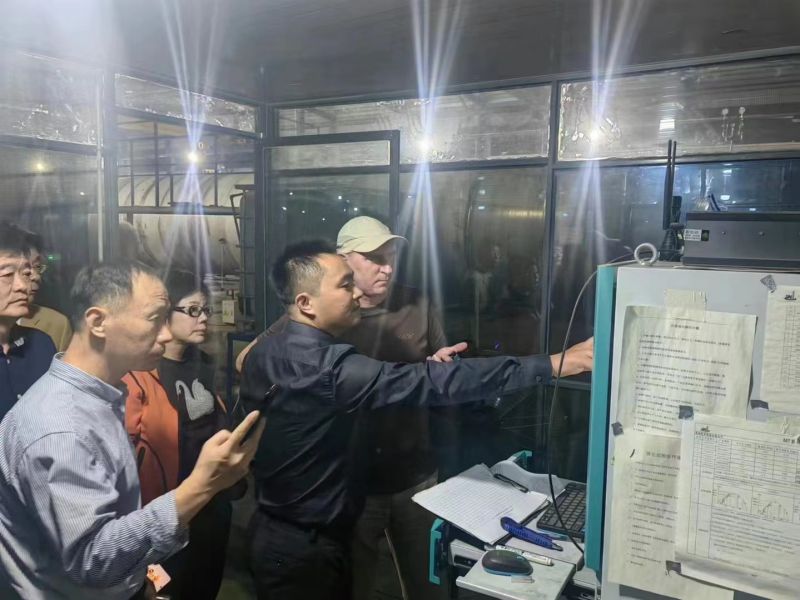Cryogenic liquids are substances that are kept at extremely low temperatures, typically below -150 degrees Celsius. These liquids, suchjson.Queue as liquid nitrogen, liquid helium, and liquid oxygen, are used in a variety of industrial, medical, and scientific applications. However, storing cryogenic liquids requires special attention and precautions due to their extremely low temperatures and potential hazards.
To store cryogenic liquids safely, it is important to use specific containers and storage methods designed to handle these extreme temperatures. One common type of container used for storing cryogenic liquids is a vacuum-insulated dewar. These dewars consist of an inner vessel that holds the cryogenic liquid, surrounded by an outer vessel with a vacuum between the two. This vacuum serves as insulation to keep the liquid at its low temperature and prevent heat from entering the container.
When storing cryogenic liquids in a dewar, it is essential to ensure that the container is kept in a well-ventilated area to prevent the accumulation of any gas that may evaporate from the liquid. Additionally, the storage area should be equipped with gas detection and ventilation systems to monitor and remove any evaporated gas.
It is also crucial to handle cryogenic liquids with care to avoid potential hazards. When filling a dewar with cryogenic liquid, the process should be carried out in a well-ventilated area, and proper personal protective equipment, such as gloves and goggles, should be worn. Additionally, the filling process should be performed by trained personnel who are familiar with the proper handling and storage of cryogenic liquids.
In addition to using the right containers and handling procedures, it is important to follow specific guidelines for storing different types of cryogenic liquids. For example, liquid nitrogen, which is commonly used in laboratories and medical facilities, should be stored in a well-ventilated area away from sources of ignition. It is also essential to ensure that the storage area is equipped with pressure relief devices to prevent the build-up of excessive pressure in the container.

When storing liquid helium, which is often used in cryogenic research and superconducting applications, it is important to keep the storage area well-ventilated and free of any combustible materials. Additionally, precautions should be taken to prevent over-pressurization of the storage container, as liquid helium can rapidly expand when warmed.
For storing liquid oxygen, which is used in medical and industrial applications, specific safety measures must be followed due to its oxidizing properties. The storage area should be well-ventilated and free of flammable materials, and precautions should be taken to prevent the accumulation of oxygen-enriched atmospheres, which can pose a fire hazard.
In addition to following these guidelines, it is essential to regularly inspect and maintain the storage containers and equipment used for cryogenic liquids. This includes checking for any signs of damage or wear, ensuring that pressure relief devices are functioning properly, and monitoring the levels of cryogenic liquid in the containers to prevent overfilling.
Overall, storing cryogenic liquids requires careful attention to detail and adherence to specific safety guidelines. By using the right containers, handling procedures, and storage methods, the potential hazards associated with cryogenic liquids can be minimized, allowing for their safe and effective use in a variety of applications.
Post time: Mar-14-2024

